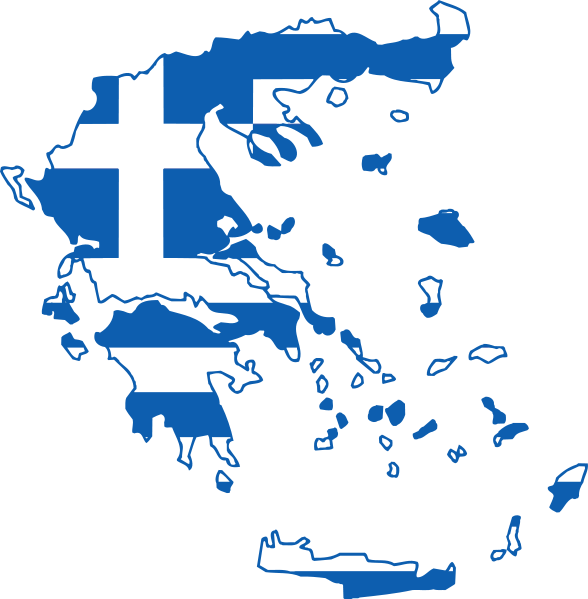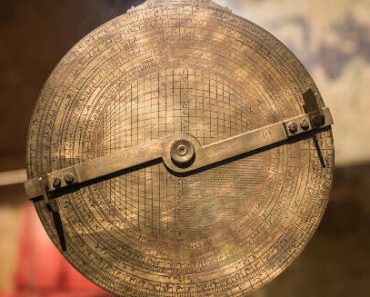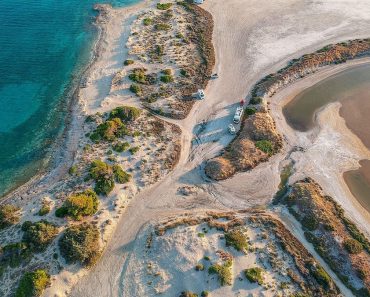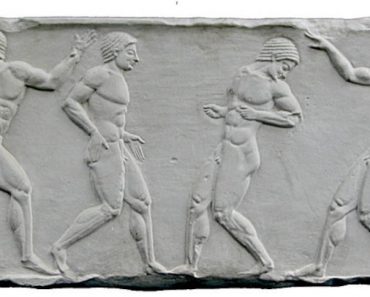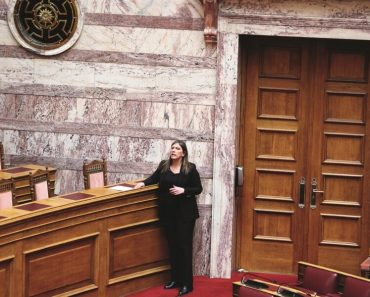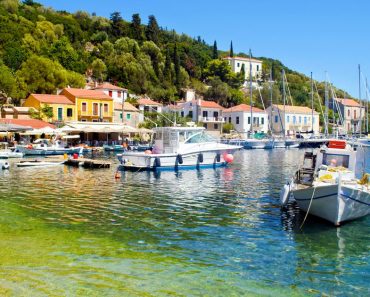
A University of Cincinnati archaeologist is using advanced technology to learn about the production of the ‘Ladies of Anavlochos,’ a group of ancient Greek female figurines from the Early Iron Age—also known as the Greek Dark Ages—dating to between 1200 and 800 BCE.
UC College of Arts and Sciences Assistant Professor Florence Gaignerot-Driessen was head of an archaeological excavation at the ancient Greek site of Anavlochos on the island of Crete where she and her collaborators discovered clay figurines and fragments of clay artifacts.
In 2018 Gaignerot-Driessen and her team discovered a monumental limestone mound measuring 15 meters (49 feet) in diameter. It was the only burial structure of this type discovered on the island.

Inside the limestone circle, three circular pits contained the remains of burials and cremation pyres. In the eastern part of the circle, a fourth pit, from which no human remains were recovered, yielded an assemblage of 15 vessels and five very well-preserved spearheads.
Atop the mountain she found figurines and molded plaques embedded deep in the crevices of the bedrock, all of female figures. The archaeologist named them ‘the ladies of Anavlochos’.
The artifacts are dated, approximately, from 1200 to 800 BCE, the so-called “Greek Dark Ages.” Very close to Anavlochos, in the ancient city of Dreros, an inscription has come to light that mentions for the first time the term polis, the Greek city-state, and the definition of its representatives. It dates precisely to 650 BCE: “It is not the times that are dark, but the knowledge we have about them,” Florence Gaignerot-Driessen is quoted as saying.
Reproducing the ancient molds
Gaignerot-Driessen is using modern resins and the latest 3D scanning and printing technology to reproduce ancient molds, figurines and plaques. She hopes that by doing so will learn more about how the ancient Greeks produced these artifacts in large quantities to meet their needs.
The archaeologist worked with Sabine Sorin from the French National Center for Scientific Research to create 3D models of the figurines. Gaignerot-Driessen also collaborated with UC’s College of Design, Architecture, Art, and Planning to reproduce the figurines at the college’s Rapid Prototyping Center using its 3D printers. She uses clay to make new molds of the figurines to try to rediscover the steps and methods of mass production three millennia ago.
Among the clay artifacts are flat plaques featuring the mythological sphinx. Others are figures of women wearing traditional clothing, including a large decorative hat called a polos and a cloak called an epiblema, over a belted dress.
Gaignerot-Driessen says that the figurines are typical depictions of the female figure in the 7th century BCE.
The researcher hopes to determine whether the undecorated backs of figurines depicting a mother nursing her baby were molded or modeled, which could give clues about ancient mass production techniques and technology.
Near Eastern influences on the ancient Greek figurines of Anavlochos

The style of plaques found at Anavlochos demonstrates Near Eastern influences on the ancient Greek figurines, proof that in the 7th century BCE migrant craftsmen and imported goods from the Near East were common on Crete.
What is not certain is what was the purpose of the ancient Greek artifacts found in Anavlochos, as there are no written texts on the ritual practices. Gaignerot-Driessen speculates that the figurines and clay objects may have been used in rites of initiation or passage for women, and were perhaps gifts from mothers to daughters. The votives may have been used to ask for protection from the gods, or possibly they were offerings to appease them.
The project is under the auspices of the French School at Athens in association with the Greek Ministry of Culture.
This year Gaignerot-Driessen is taking five UC students to Crete for fieldwork. They will work with specialists and technicians to study the archaeological remains excavated at Anavlochos. Other than learning about an ancient burial place, settlement and sanctuaries, they will also use locally sourced clays to mold and model new ancient Greek figurines and experiment with breaking them to find out whether they were broken deliberately before the pieces were deposited or by accident once they were interred.
